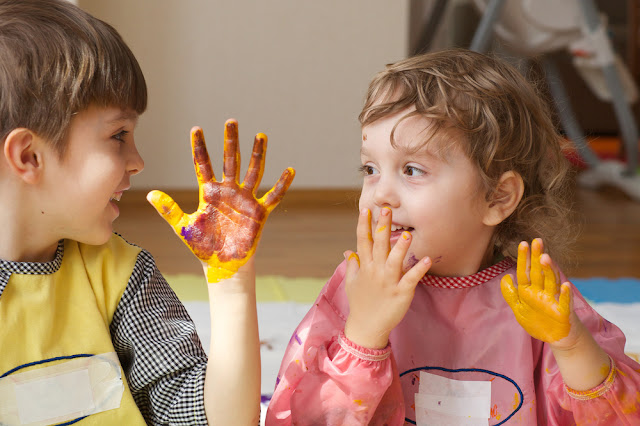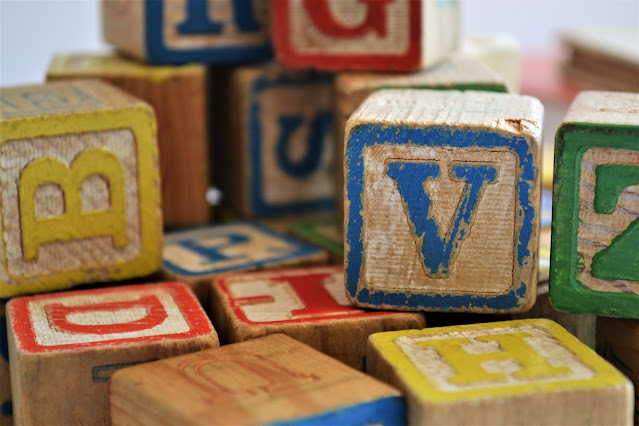How Educational Toys Can Stimulate the Minds of Gifted Children
Children are born with a particular potential to become intelligent. Then, as Romanek notes, "how intelligent a child becomes depends on how hard he or she works his or her brain!" It is in a child's best interest to constantly challenge and consistently expose them to new learning experiences. As Romanek points out to children, "the more you do and learn, the more intelligent you'll be."
Some children are naturally gifted, with a potential for intelligence beyond the norm. These children must have their brains stimulated by exposure to new knowledge, challenges, and activities. Otherwise, they can become bored and unmotivated and eventually start underachieving despite their enormous potential to succeed.

How to know which toys are best suited to develop the intelligence of a gifted child?
Chuska scale explains that all gifted learners share some qualities, such as being self-motivated, delving more deeply into school topics than their teachers require, and wanting to apply new knowledge to concrete projects. In a nutshell, they are students who don't just learn new knowledge but want to do things with this further information.
Beyond these common characteristics, however, learners usually use reusable gift toys in specific areas. For example, Chuska cites a federal government study that splits gifted learners into these:
- Academically Gifted: children who do well learning new knowledge in specific content areas.
- Intellectually Gifted: children who exhibit excellent general thinking skills, such as the ability to observe, hypothesize, and think about things in new ways.
- Creative Thinking Giftedness: children who like to come up with original and independent solutions to creative problems.
- Visual and Performing Arts Giftedness: children who have reasonable control of their motor skills, can express themselves through art, are good at perceiving spatial relationships, and like to produce their creations instead of copying what others do.
- Psychomotor Gifted: Children with stellar physical coordination excel at athletic endeavors.

Parents of gifted children, therefore, will want to pick toys geared toward stimulating and challenging their children in the areas in which these children are gifted:
- An academically gifted child would enjoy games that help them practice memory skills, learn new facts and information about the world, or use their specific knowledge in the area in which they are gifted. For example, a child who is academically talented in language will enjoy games that allow them to play with letters and words, such as the My First Educational Set- Reusable Doodle Placemat.
- An intellectually gifted child might enjoy using thinking skills to figure out ways to assemble geometric shapes like Space Explorers Shape Stickers and Sticker Puzzles or using science kits and science process skills to study and draw conclusions about things in nature.
- A child exhibiting creative thinking giftedness will love the open-mindedness of a set of building blocks- Stacking and Nesting Cubes, 3D City Paper Model Kit playing word games like Apples to Apples, and logic games that require players to solve problems.
- A child exhibiting visual and performing arts giftedness should be provided with toys according to their particular area of interest. For example, if their interest is in visual arts, he or they should be given clay Dough, origami kits, paint, and other art supplies. If it is performing arts, they should be provided with role-playing toys like figurines, play sets, costumes, and other props for imaginative play.
- A psychomotor-gifted child should be given athletic equipment and other toys for physically active play.
Along with keeping the above in mind, parents should consider some general issues. First, even though a child is mentally gifted beyond their years, they are still a child, and any toys given, or her should contain only age-appropriate content and be safe for a child of their age to handle.

Parents should also take into account a child's learning style. For example, kinesthetic learners learn new things best by doing them in a "hands-on" approach. Auditory learners master new information best by hearing or reading it. Visual learners do well by being presented with further information in pictorial form through pictures or actions.
With some knowledge and care, parents can help any child, gifted or not, develop their intelligence to the best it can be. However, what will ultimately help any child the most is knowing that their parents care enough to create an exciting play environment tailored to their growing and changing intellectual needs.
Children's demand for intellectual growth is rigidly associated with content-based or academic learning instead of cognitive learning. Parents often scramble to find the best learning materials, like books, to fulfill that demand created by society. Mental understanding, however, is fundamental for a child's intellectual development. Cognitive learning not only helps academic growth but also helps acquire the methodology for creative thinking, problem-solving, etc. Most of these skills in a child's early development are found not in books but in well-designed and developed educational toys that will help the child learn with the simulation of real-life experience.



Comments
Post a Comment